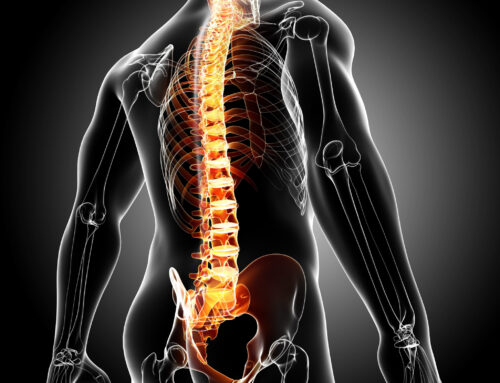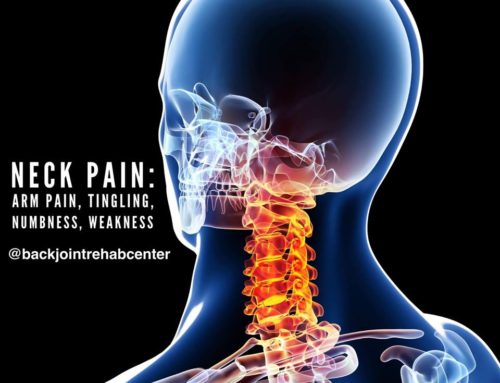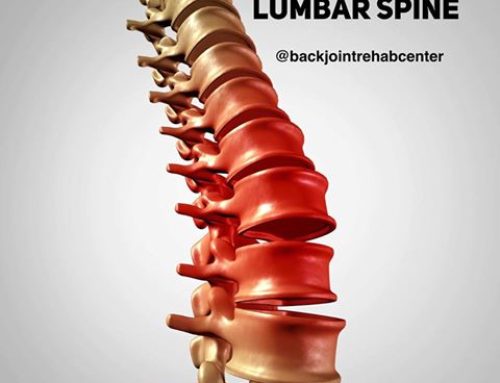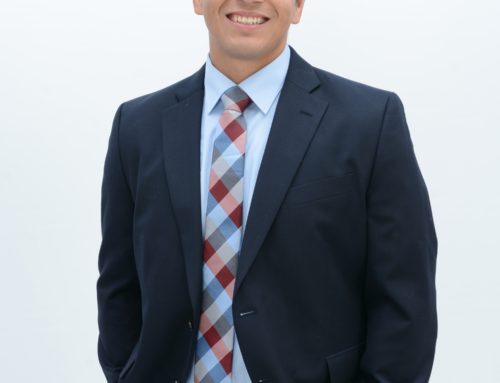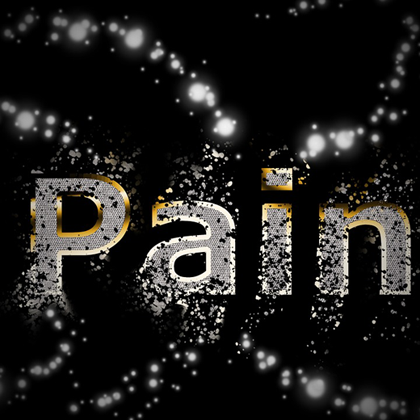 Part 3
Part 3
We hope you are enjoying this series of information regarding low back pain. If you would like to receive our monthly newsletter, please subscribe by visiting our website and subscribe to our YouTube channel – where we post exercise videos and health tips.
In the 3nd part of the 5 part series, we present the whole story regarding important information to your low back pain. The purpose of education is action. Understanding and learning what needs to be done can only be beneficial when it is done. What is the value of information if it cannot be expressed or put to action? Dealing with low back is just that – you should not have to deal with it, rather, take course to get rid of low back pain.
It is our mission to help patients live healthy through movement and education. The key characteristic being education because once you know what to expect, the fear, uncertainty, and apprehension are removed. The rest is up to the patient to continue living active and healthy.
Thus far, we have presented 2 parts of the 5 part series “5 Things your Doctor Doesn’t Tell You about Back Pain”
Click to Read Part 1 Disc Bulge, Protrusions, Herniation(s) are Extremely Common
Click to Read Part 2 Not All Lumbar Disc Bulges, Protrusions, Herniation(s) Require Surgery
-
Everyone has Some Form of Degenerative Disc Disease, Spine Degeneration
Degenerative Disc Disease is not really a disease, rather a description of the normally occurring changes to your spinal vertebrae, discs, and surrounding anatomy that make up the spine. As you age, your body undergoes these normal processes that produce “wear and tear” to your spine. The “wear and tear” can be minimal or significant, but those changes should always be investigated to determine whether or not they are relevant to your low back pain.
If our bodies are designed to break down and never remain in pristine shape, then our bodies must learn how live with our ever-so changing anatomy. And that is exactly what our bodies do. Our bodies are adaptive in nature. We respond to the SAID principle; Specific Adaptation to Imposed Demand.
The degenerative process that occurs in your spine is a reflection of how well you have taken care of your body. If you are extremely sedentary, expect moderate to significant levels of degeneration. If you participate in high impact sports and lifestyle that place large stress on joints, expect moderate to significant levels of degeneration. If you live your life somewhere in between that spectrum, expect an appropriate level of degeneration. Your level of degeneration is comparable to others of the same age, gender, height, weight, and level of activity.
The key take-away message here is “if you don’t use it, you lose it” & “if you don’t take care of it, it won’t last”.
But you still have low back pain and you are told you have degenerative disc disease. This is a complex way of saying, you have “wear & tear” that produces pain. If we have been able to go this long with degenerative disc disease, why did it only recently become a problem? The answer is simple. The degenerative conditions may not be relevant to why you have low back pain. Degenerative disc disease describes anatomy.
Well, we know anatomy is real, but let’s not forget that physiology is also real. The biomechanics of how you move and load your spine can influence your low back pain.
Movements and positions that place negative stress to your low back create symptoms of pain possibly affecting range of motion, quality of movement, and ability to participate in activities. This being true, the opposite is also true. There are movements and positions that load the spine in ways to reduce symptoms, restore range of motion, and improve the quality of movement.
If you have been diagnosed with degenerative disc disease or a problem related to the low back, call now. We can help.
We are dedicated to get you better through movement.
FOR APPOINTMENTS, CALL (219) 310-8822
Dr. Artemio Del Real DC, Cert. MDT. October 2016


